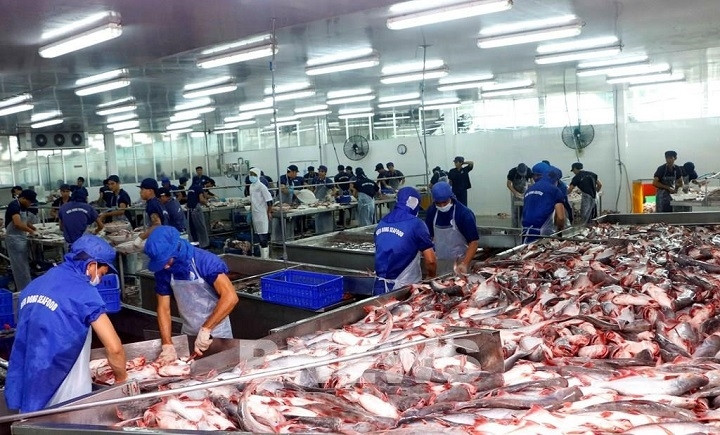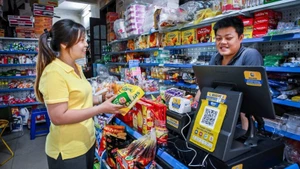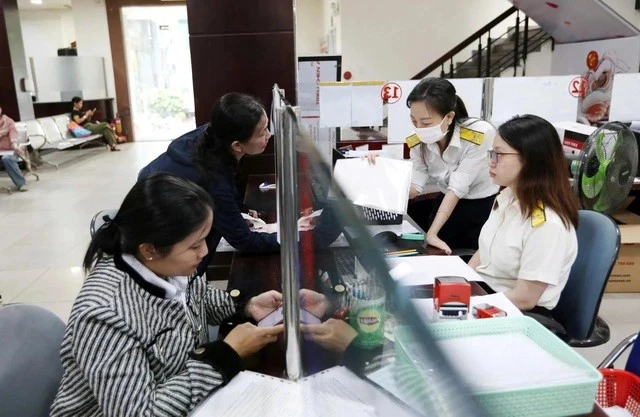Specifically, agro-forestry-fishery exports rose 30.3% to US$22.83 billion between January and May, with the revenue from key agricultural products at US$7.78 billion (up 13%), key wooden items at US$7.06 billion (up 61.8%), aquatic products at US$3.24 billion (up 12%), and husbandry at US$166 million (up 43.9%).
Many export commodities registered an increase in both volume and value, such as rubber, tea, fruit and vegetables, cashew nuts, and cassava and cassava-based products. Despite a 15.6% fall in volume, pepper’s export turnover still surged by 25.2% to US$387 million thanks to rising average export prices. Meanwhile, two key items – coffee and rice – showed declines in both indicators.
The Asian market was the largest importer of Vietnamese agro-forestry-fishery products during the period with a market share of 46.5%, followed by Americas (27%), Europe (10.1%), Oceania (1.3%), and Africa (1.7%). The four major export markets of the US, China, Japan and the Republic of Korea reported good growth with respective market shares of 24.6%, 22.6%, 6.6% and 4.9%.
Vietnam’s agro-forestry-fishery imports in the first five months also reached approximately US$19.57 billion, up 51% year-on-year, with key agricultural items reporting a value of US$7.04 billion (up 126.9%), husbandry products US$1.52 billion (up 23.2%), aquatic products US$881.2 million (up 25.8%), key wooden items US$1.34 billion (up 42.3%), and input materials US$2.9 billion (up 36.5%).
In May alone, the sector’s export revenue was estimated at US$5.01 billion, an increase of 40.2% compared to May 2020 and up 1.3% from the previous month.
The MARD said that it is planning to hold seminars and forums to promote exports, open markets, and provide information on trade agreements for export enterprises, as well as guiding businesses and localities on the implementation of policies and regulations of export markets in accordance with the COVID-19 situation.
In addition, the ministry will closely coordinate with Vietnam’s commercial counsellors abroad to support localities and enterprises in exporting their agricultural products in the context of the pandemic, while continuing to carry out bilateral cooperation activities with partners from China, Laos, Cambodia, Japan, the Republic of Korea, Indonesia, Israel, Norway, New Zealand, Russia, Hungary, and Cuba.
















